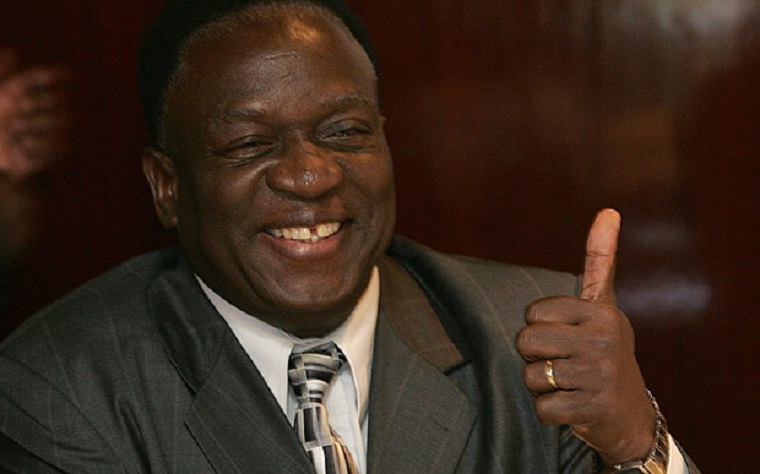 Beleaguered President Emmerson Mnangagwa received a major boost for his vision 2030 when the World Bank upgraded Zimbabwe from a low income country to a lower-middle income one this week.
Beleaguered President Emmerson Mnangagwa received a major boost for his vision 2030 when the World Bank upgraded Zimbabwe from a low income country to a lower-middle income one this week.
Mnangagwa, who came to power through a military “coup” in 2017, has been struggling to revive the country which has been stagnant for almost two decades.
His vision is to turn Zimbabwe into an upper-middle income country by 2030 but so far the average Zimbabwean has been experiencing a decline in living conditions with salaries reduced to almost a tenth of what they were when he took over.
But Mnangagwa and his Finance Minister Mthuli Ncube believe that Zimbabwe will be out of the woods by the end of their transitional stabilisation programme next year.
His administration has already brought the Zimbabwe dollar back and hopes this will boost production and spur foreign direct investment.
Zimbabwe was one of the seven countries whose income status was changed by the World Bank in its 2019-2020 classifications by income.
The World Bank has four income groups:
- low income group for countries with a per capita income of less than US$1 025 up from USS$995 last year;
- lower-middle income whose income ranges from US$1 025 to US$3 995 up from US$996 to US$3 895;
- upper-middle income whose income ranges from US$3 996 to US$12 375 up from US$3 896 to US$12 055; and
- high income with incomes of over US$12 375.
Zimbabwe’s per capita income for the current year was pegged at US$1 790 up from US$910 last year.
The other countries that moved from the low income group are Comoros and Senegal.
Three countries- Georgia, Kosovo and Sri Lanka- were upgraded from the lower-middle income group to the Upper-Middle income group.
Only one country, Argentina, was downgraded from high income to upper-middle income.
The World Bank says the classification of countries is determined by two factors:
- A country’s GNI per capita, which can change with economic growth, inflation, exchange rates, and population. Revisions to national accounts methods and data can also influence GNI per capita.
- Classification threshold: The thresholds are adjusted for inflation annually using the SDR deflator.
(348 VIEWS)


